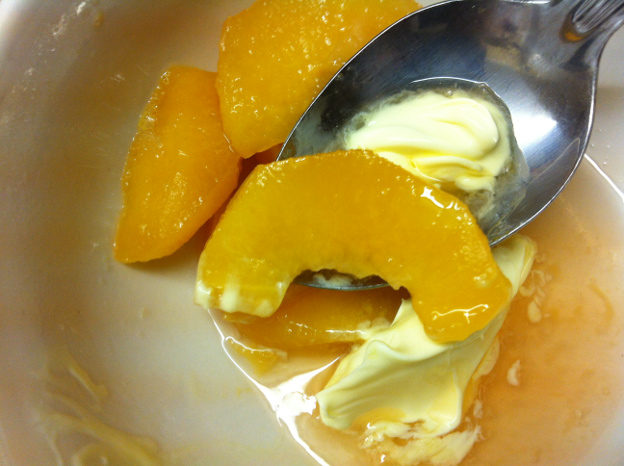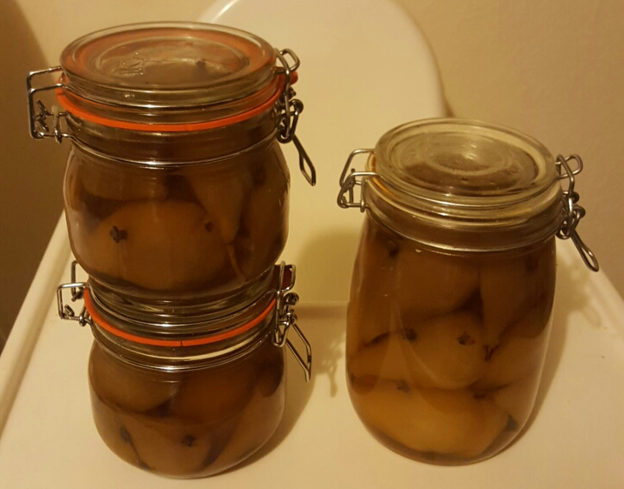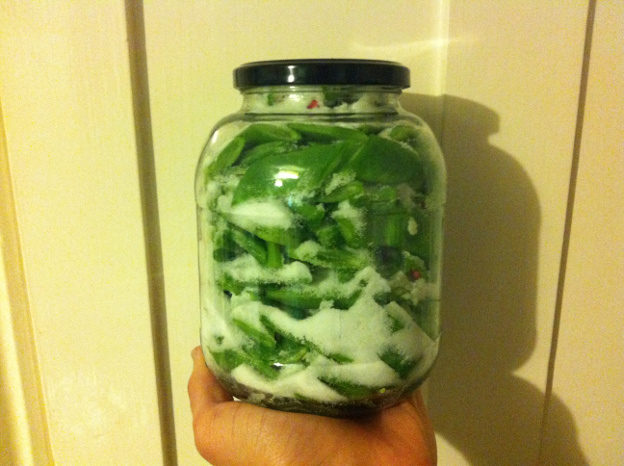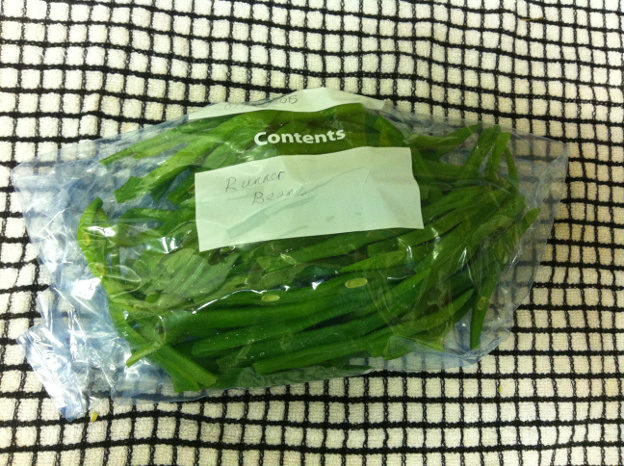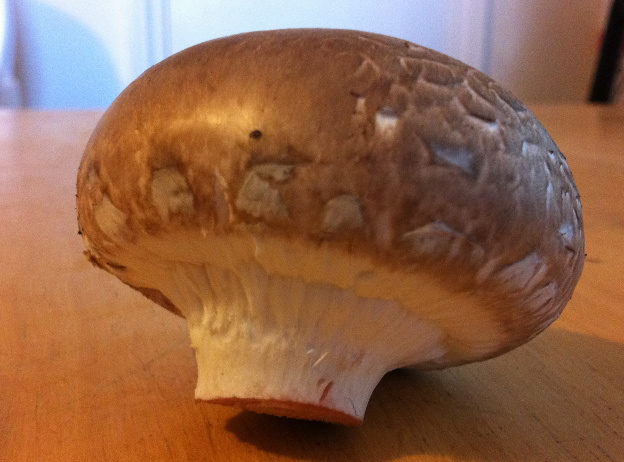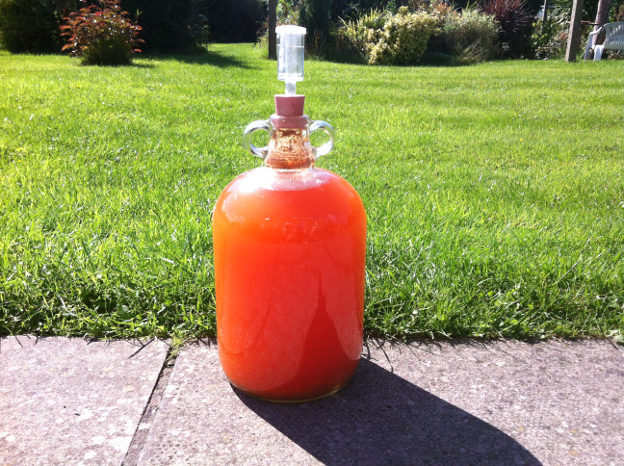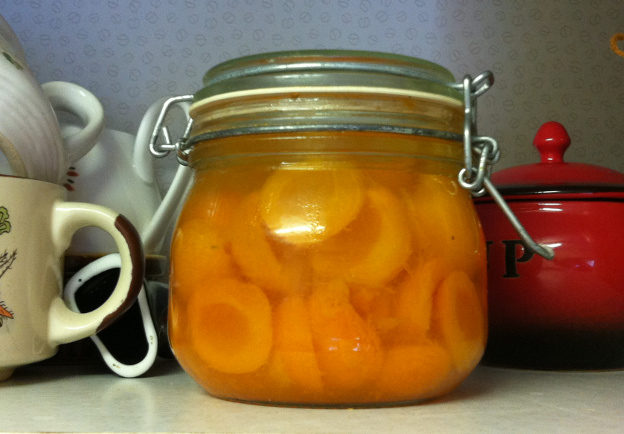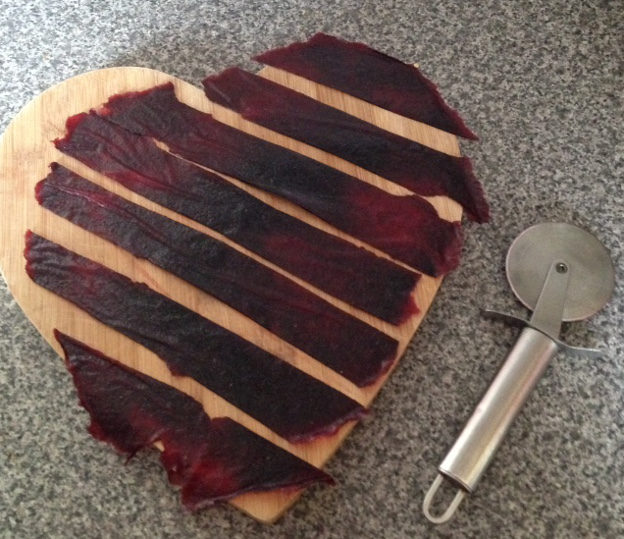Cooking Beetroot – Two Methods
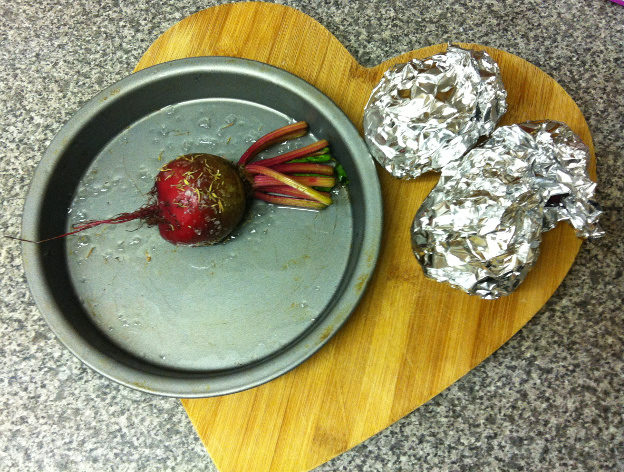
Roasted or baked - which is best?
We’ve had a great year for beetroot. We didn’t plant many seeds, but from the little space we dedicated to them we’ve had a decent crop. We’ve never actually grown beetroot before, so we haven’t had a lot of experience of cooking them in a way that makes the most of them. After our first harvest, we both fondly recalled an episode of the BBC’s Great British Food Revival, in which Antonio Carluccio simply baked a beetroot in a bucket outdoors and seemed to enjoy it immensely. We were eager to somehow replicate that experience, but with the days getting…


